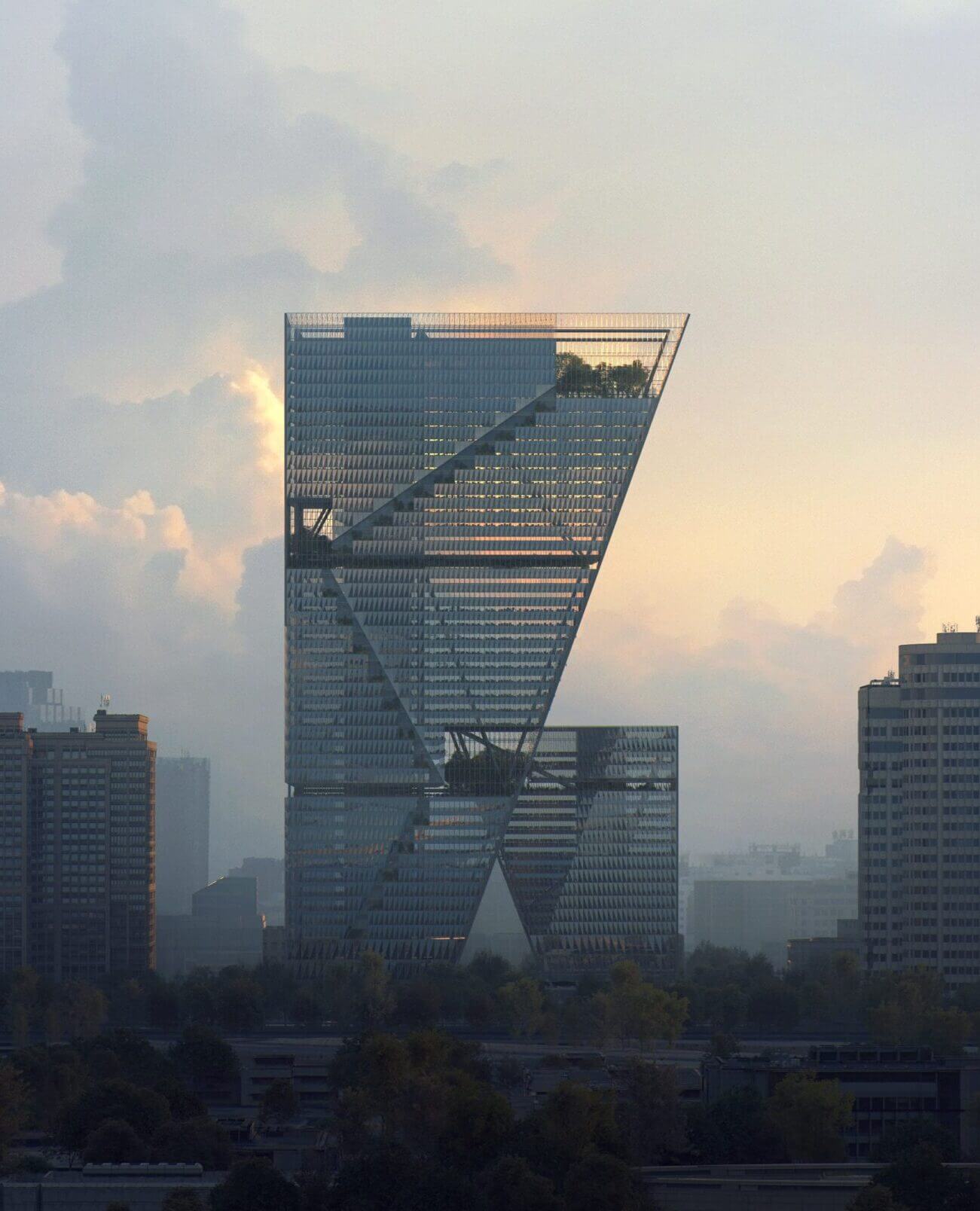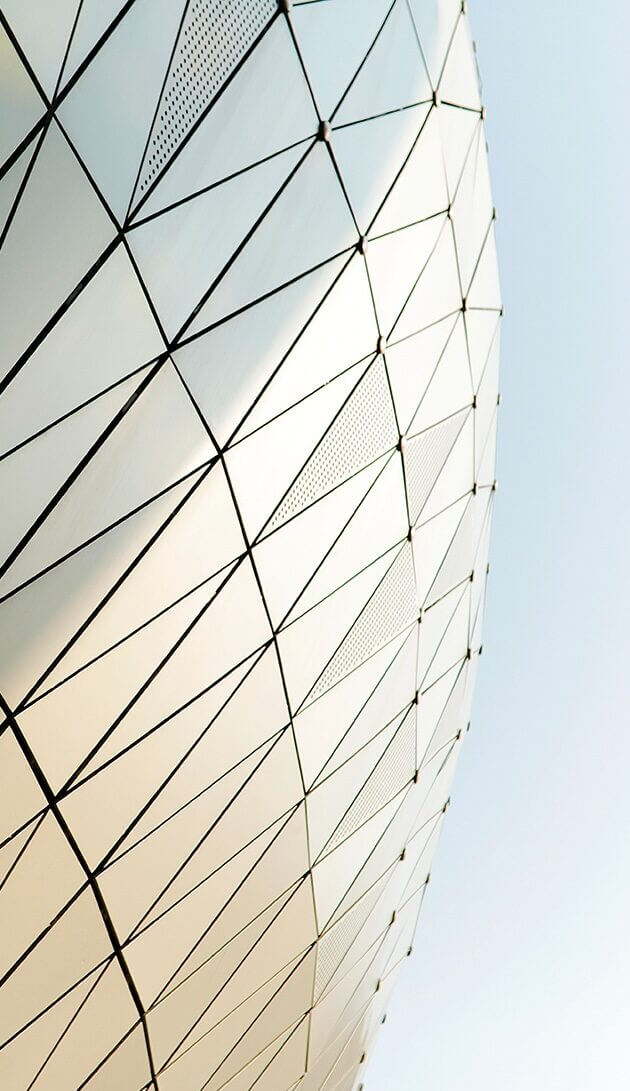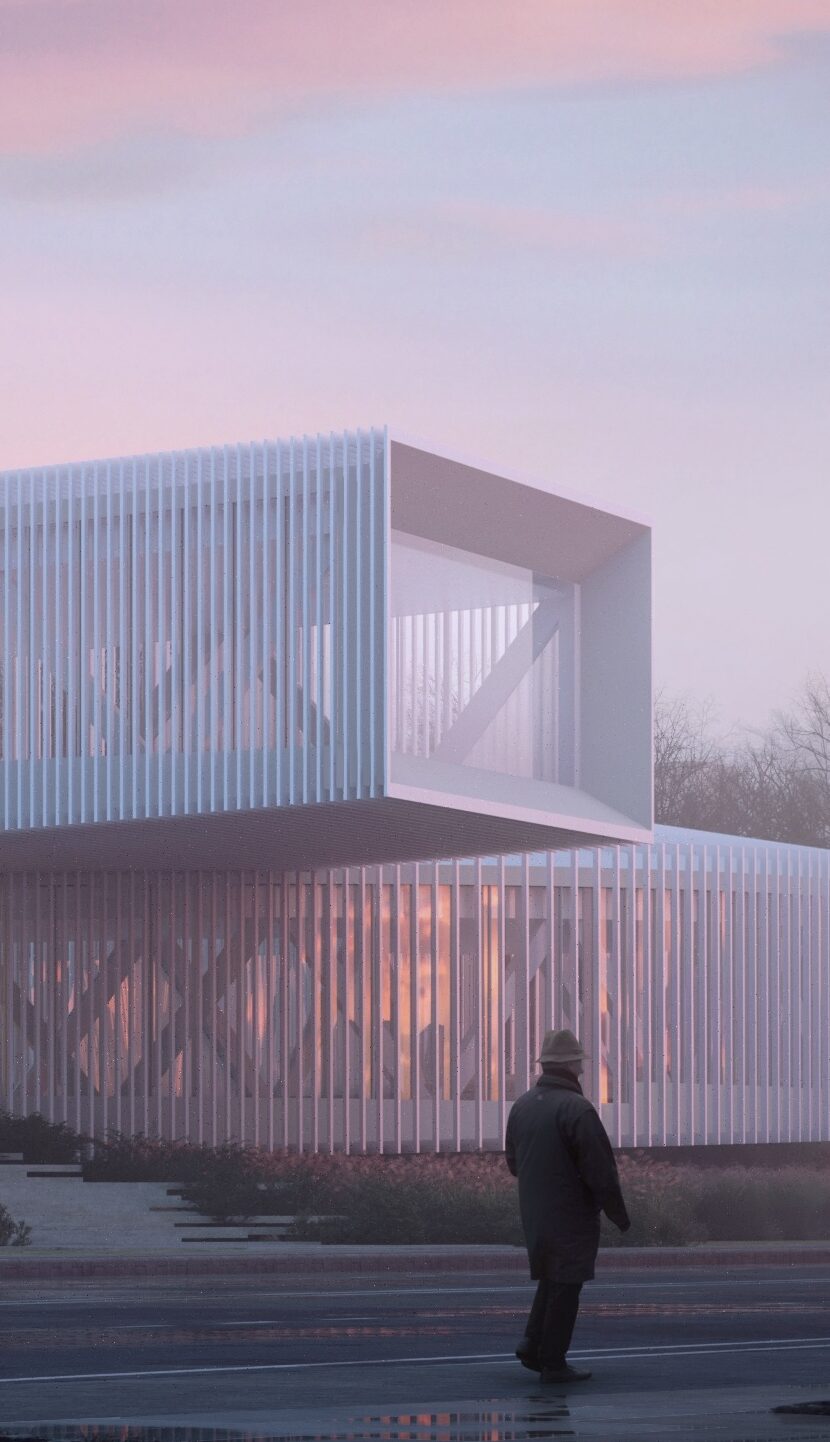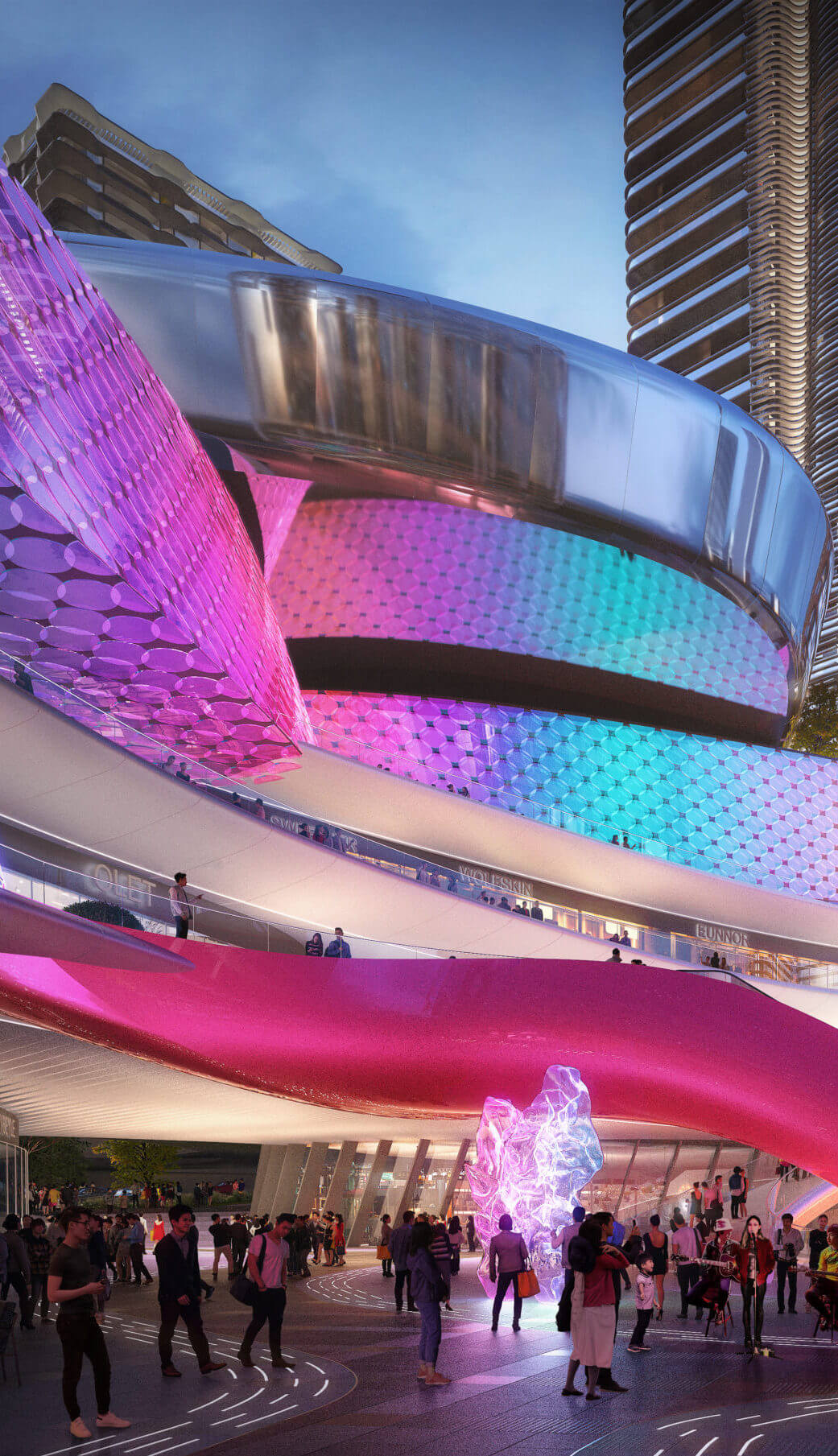
2021 IDF International Design Forum Annual Conference @ GDW- Keynote Presentation – Guangzhou
“We as architects and urbanists are conduits of experientially driven urban spaces as connectors, curators, and life creators.”
Overview
Over 55% of the world’s population resides in cities, a statistic projected to increase to nearly 70% by 2050. Cities are key drivers of global economic and social development. The Asia-Pacific region, particularly China, is home to numerous megacities. However, urban living introduces many challenges, including choosing design materials and evolving design concepts.
Firstly, we must consider environmental protection. As cities expand, the demand for finite resources intensifies. This raises the question: can cities contribute to the planet’s conservation?
Secondly, limited resources are another major concern. Urban living heavily relies on natural resources, but can cities sustainably produce what we need?
Thirdly, as cities develop and densify, inequities may arise, such as unequal access to resources and opportunities. Fourthly, while technology is ubiquitous, access to it is not.
As architects, engineers, and advocates of the built environment, our mission is to address these challenges.
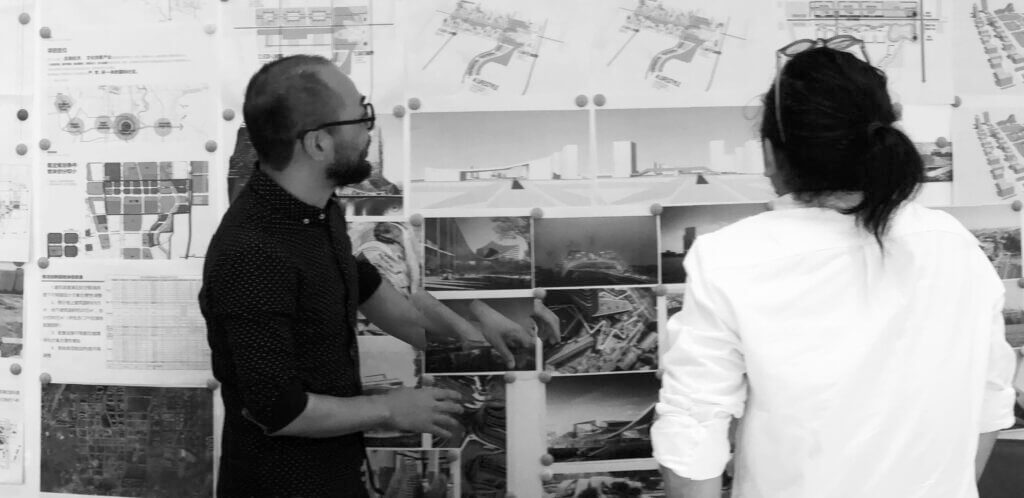
Our Role
Connector: Leveraging building infrastructure to create a more sustainable, resilient and connected community.
Curator: Orchestrate diverse practice areas and industry expertise, bundling and integrating multiple uses into a cohesive whole.
Life-creator: Create & invent opportunities for social interaction, respite and leisure within a multi-dimensional & connected public realm.
Three strategies for our post-pandemic cities:

Strategy One: 15-min walking community
A community where most daily necessities can be accessed within a 15-minute walk or approximately 1.5 kilometres is a sustainable community. In this community, workplaces, schools, leisure areas, and shops are conveniently located to meet various life needs. This concept aims to transform the traditional linear city structure and consumption-based lifestyle into a new paradigm where resources are recycled and reused. Neighbourhoods, parks, and major transportation nodes are all within a short walking distance.
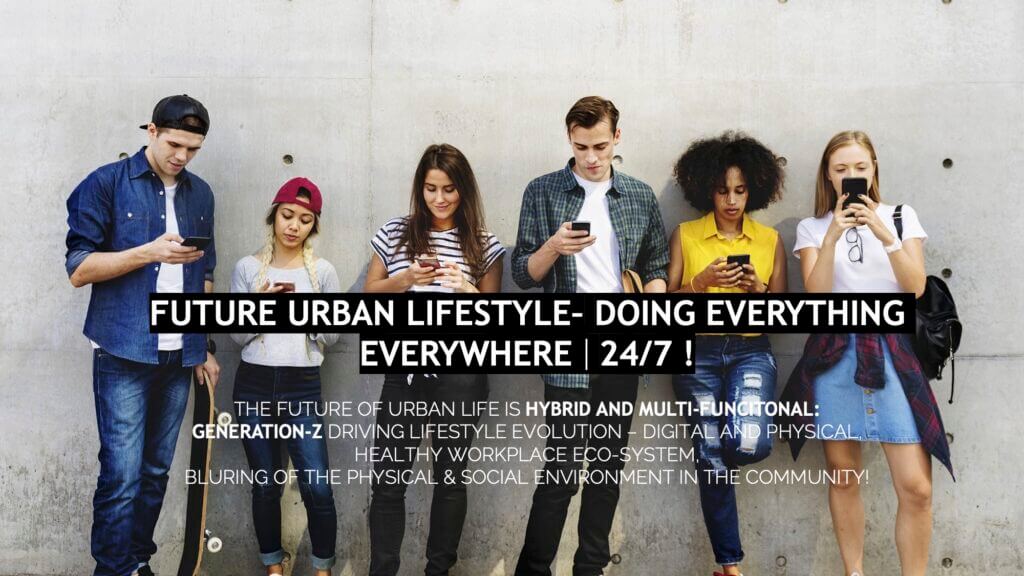
Strategy Two: Transformative urban lifestyle
Lifestyles are clearly changing, with young people increasingly connected to the Internet around the clock. Consequently, cities must adjust to these changes. Green planning plays a significant role in seamlessly incorporating greenery and nature into people’s lives and urban areas.
Activating the public realm involves creating multifunctional spaces and enhancing indoor-outdoor connectivity. This can include transforming streets into areas for people to move through, socialize, and converse. Establishing outdoor salons and rest areas and dedicating more space to cultural and artistic activities can also contribute.
It’s crucial to update and invigorate existing areas, giving them more functions and vitality. We can connect these places using above-ground and underground corridors, bridges, and passages to make them truly active and accessible. Such connection points are vital as they link people with each other and with places.
The aim is to internalize and interiorize the public realm, blurring the boundaries between inside and outside. This objective should be realized on both horizontal and vertical levels.
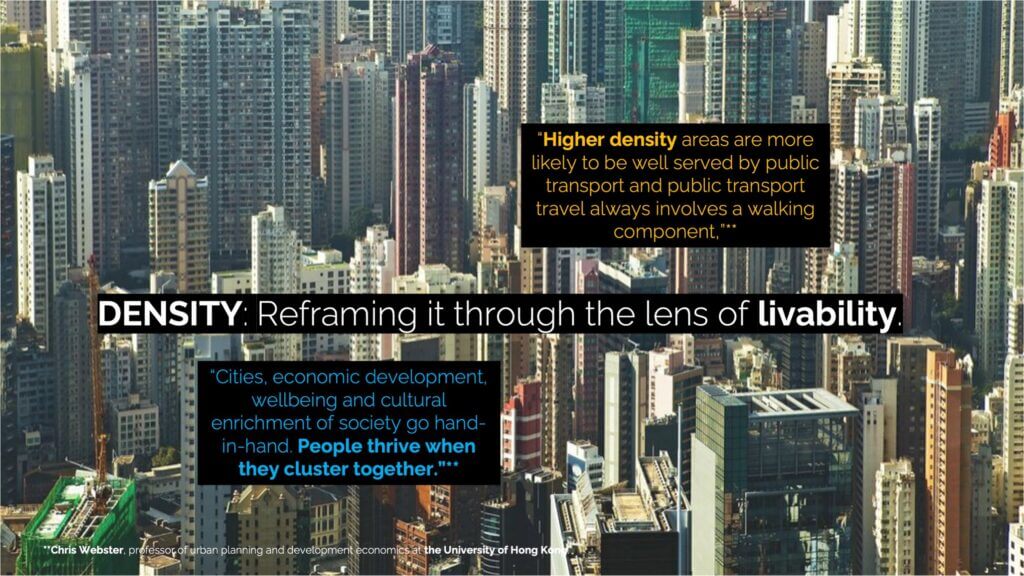
Strategy Three: Embracing Density
Observing density from another angle relates to the degree of urban living and the city’s future. Density can be interpreted in various ways, like the vertical use of space. Verticality doesn’t necessarily mean stacking functions simultaneously. The dimensions of these functions, such as fire protection, security, technology, and transportation, need to be differentiated. The parameters should align with the latest trends and regulations. Vertical communities represent a future trend, with many Asian cities already successfully building such communities.
What are your thoughts on density? From a cultural perspective, it proves to be fascinating. The intertwined projects of the Asian Exhibition Centre, Retail Centre, and Learning Centre reflect significant density with a prominent cultural dimension. The habits of Generation Z in using electronic and social media will also influence architectural design.





